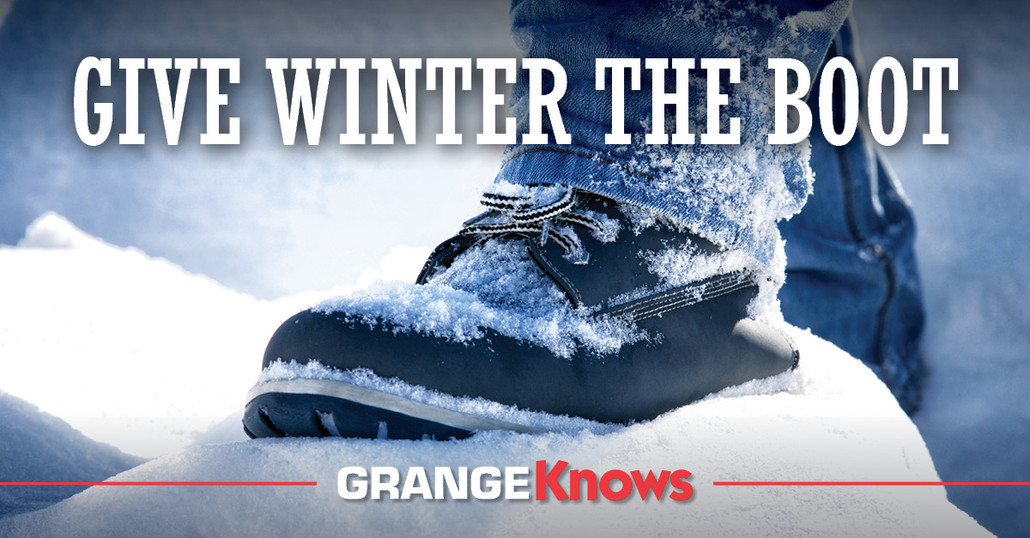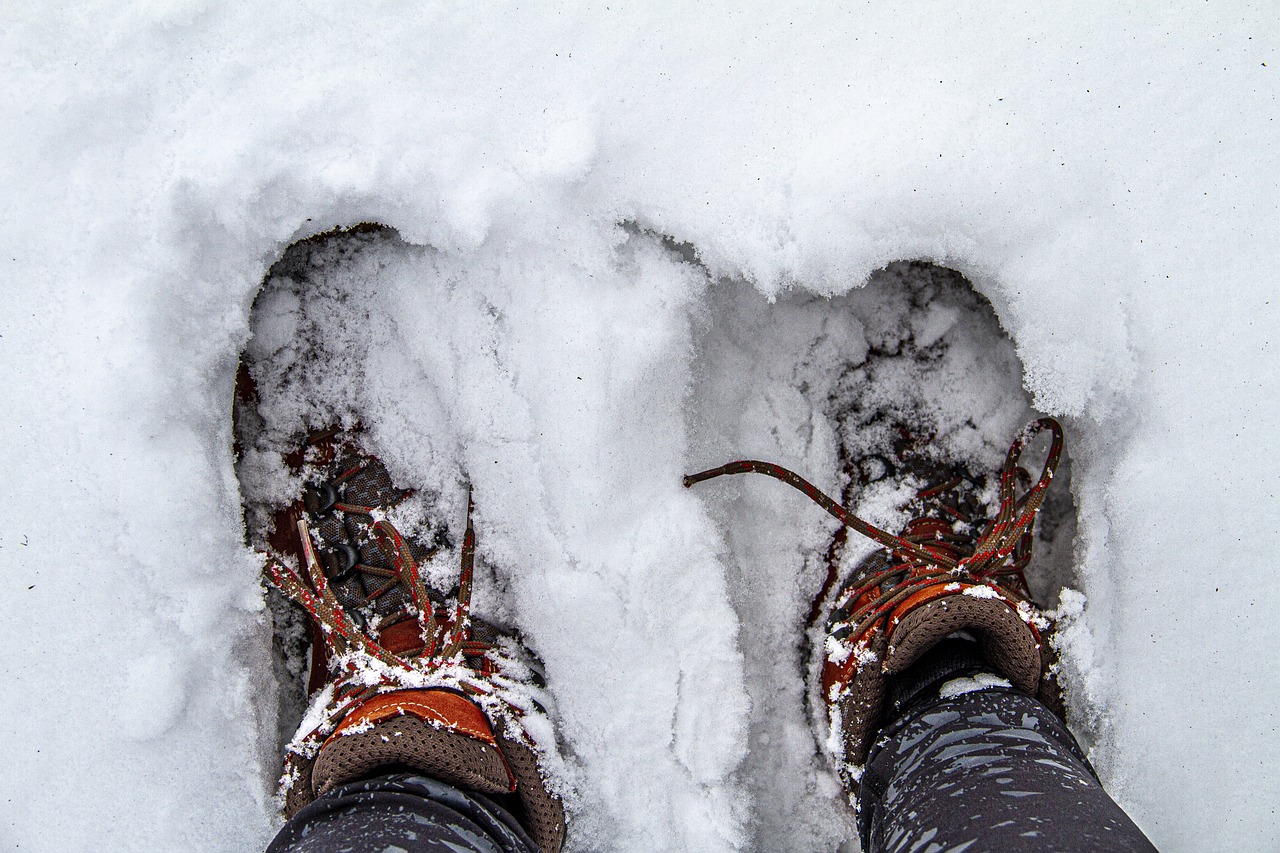
Give Winter the Boot!
Posted by Grange Co-op on 8th Dec 2022
Types of Winter Boots
Some boots have specific uses such as ski boots or hunting boots. Some aren’t just for winter, but for wearing year-round. Work boots are often required on some jobs as part of the worker’s safety equipment.
One thing that all types of winter boots have in common is that they feature a rubber sole with heavy tread. That’s because rubber is highly water-resistant, and the tread provides excellent traction on wet, slippery surfaces.
Parts of a Boot
When buying boots online, you must rely on the product description to determine if they are the right style and type for you. Boots are often described according to the materials and features of the different parts. To understand exactly what you’re getting, you should have a basic understanding of boot anatomy such as:
Shaft – The tall part of the boot that covers your leg.
Upper – The outermost part of the boot that covers the top of your foot.
Insole – The part of the boot that sits inside where you rest your foot.
Midsole – The middle layer of the sole that sits directly below the insole.
Outsole – The very bottom of the boot that contacts the ground.
Toe Box – An added layer of protection that covers our toes; sometimes made with additional insulation, steel, and/or composite materials.
Lining – Material placed inside the boot to provide added warmth and/or waterproofing. Removable linings let you change the level of insulation to provide more or less warmth as needed.
Boot Materials
Most boots are made up of several types of materials. While the upper plays a big role in the overall appearance of the boot, it also takes the brunt of the exposure to snow and ice. Look for a boot made from a strong, weather-resistant material that will create a strong barrier and protect your foot. Some of the best materials for uppers are leather, synthetics like neoprene, and rubber.
People have worn leather boots in the winter for centuries. They like the look and feel of the material as well as its durability. During the colder months, leather helps keep your feet comfortable by retaining heat while allowing your feet to breathe. But if you want to wear leather boots in the winter, you need to treat them so they are more resistant to water.
Types of Insulation
There are several fabrics used to insulate boots and increase their ability to keep you warm. Most boots have a synthetic lining made of microfibers that trap air molecules to keep body heat in and cold air out. The type and amount of insulation determine what temperatures you can wear them in and still stay warm.
Some common insulating materials include:
- Neoprene
- Fleece
- Shearling
- Sheepskin
- Sherpa (Synthetic Shearling)
Another way to add warmth to your boots is by layering the right socks underneath. Merino wool socks naturally regulate your temperature for better comfort in all weather.
Bogs and Muck Boots
Muck boots have become especially popular for their variety of styles and uses. One example is the Muck Arctic Sport Boots, which are rated for temperatures down to -40° F. The full 5mm neoprene lining keeps them flexible for easy participation in cold weather activities.
Bogs are also a popular brand of boots, though more for their water resistance than their ability to keep you warm and balanced on snow and ice. Their styles include insulated kids’ boots, women’s clogs and boots, and shoes and boots for men.
Snow Boots Vs Winter Boots
While you can wear both types of boots in cold weather, they vary somewhat in their specific uses. A snow boot is made to wear in the snow, water, mud, and sludge. Whether it’s for work or play, snow boots are essential for keeping moisture and dirt away from your feet and help keep your feet warm when the weather gets really nasty.
Farmers, hunters, and outdoor sports enthusiasts are some of the people who need snow boats. Depending on your locale, you may need to continue wearing yours during the spring and fall. The added height allows room for a snow gaiter that is built into most of these boots. The gaiter sits in the space between the lower leg opening and the top opening of the boot to prevent snow from falling in at the top. Snow boots are ideal for people who spend a lot of time outdoors in the winter in all types of cold weather.
Winter boots are more generic when it comes to their use. Basically, they keep your feet warm during cold weather and repel or resist water. They come in a range of heights and lack the snow gaiter that keeps snow from falling in. Winter boots are best for people who limit their winter activities to walking on sidewalks or back and forth between their house and their car. They do provide additional warmth and comfort without the bulkiness of a snow boot.
Measure for Shaft Size
Boots that come up over the calf of the leg can be difficult to fit. To make sure the pair you order fits, measure your leg at the point where the top of the boot will go. Compare the measurement with the circumference of the boot to ensure a good fit.
Picking Your Perfect Pair
The best way to choose the ideal boots is to determine how you will use them, in what conditions, and in what types of weather. If you need winter boots for outdoor work, you might need the added safety and support provided by steel toes and/or a steel shank. For agricultural work, water resistance and insulation are important features. If you just need something to keep your feet warm when the weather is cold, a winter boot in any height should do the job.
Boots for Men, Women, and Kids
Grange Co-op has an extensive line of winter and snow boots for men, women, and kids. Get all the styles that you need to complete your winter wardrobe today. Browse our men’s and women’s apparel and accessories for more cold-weather wear to keep you warm this winter. Contact us if you need more information on any of our products. We’re happy to help you get the right products for your needs.

